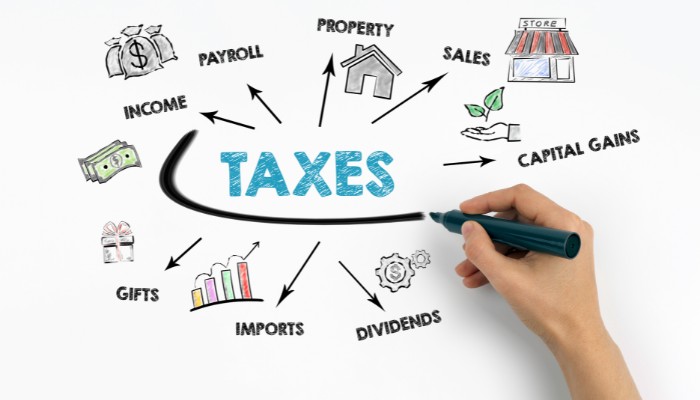
Depreciation is one of the most common business tax deductions. It can be a bit intimidating, especially if you're unfamiliar with the process. Depending on your kind of business, depreciation can offer a large tax benefit, so it's worth the time to learn about what it entails and how you can deduct it on your tax return. Here's a look at the various types of depreciation you may be able to claim.
What is Depreciation?
Put simply, depreciation is a way to deduct the value of a business asset over time. When you purchase a large or valuable asset for your business, you can deduct part of it each tax year as the value of it decreases. Unlike other expenses such as rent, utilities, and repairs, depreciation has to be deducted bit by bit until the asset no longer has taxable value. In some cases, you may even be able to deduct the entire amount at once, which can be helpful if your revenue is higher than normal, and you want to decrease the amount of tax you'll owe on it.
Straight-Line Depreciation
Straight-line depreciation is probably the most commonly used form of depreciation. With this deduction, you can simply take the useful life of an asset and divide the total purchase amount minus the salvage value by that period. You would then deduct that amount each year of its useful life until the value is used up. The "useful life" of an asset is based on IRS guidelines for the expected length of time that a certain asset can be used for business. This time varies depending on the type of asset - some are classified as three-year assets, five-year assets, seven-year assets, and so on.
The amount of the value that you can actually deduct depends on the time you begin using the asset, or “put it in service.” For example, if you purchase an asset in June, then you may only be able to claim the depreciation for half a year rather than the entire year.
Section 179 Depreciation
This kind of depreciation is limited to certain assets such as tangible assets used in your business that do not exceed the value of your annual income. Rather than deducting the asset value over the useful life, Section 179 depreciation allows you to deduct the entire purchase amount in the first year you use it for business. However, taking advantage of this option means that you cannot deduct any depreciation for this asset in future years.
Accelerated Depreciation
If you use accelerated depreciation, you can write off the asset value faster at a higher amount per year, which gives you a larger tax benefit than usual. One of these accelerated depreciation methods is called MACRS. If a business owner uses MACRS depreciation, then he or she will deduct half of the typical depreciation value in the first year and then switch to deducting 200 percent of the straight-line depreciation value for the next few years until the asset value is gone.
Depreciation is a useful tax deduction for business owners who purchase assets on a regular basis. If you learn about each kind of depreciation, you'll be able to decide which type of depreciation will give your company the largest tax benefit.

















